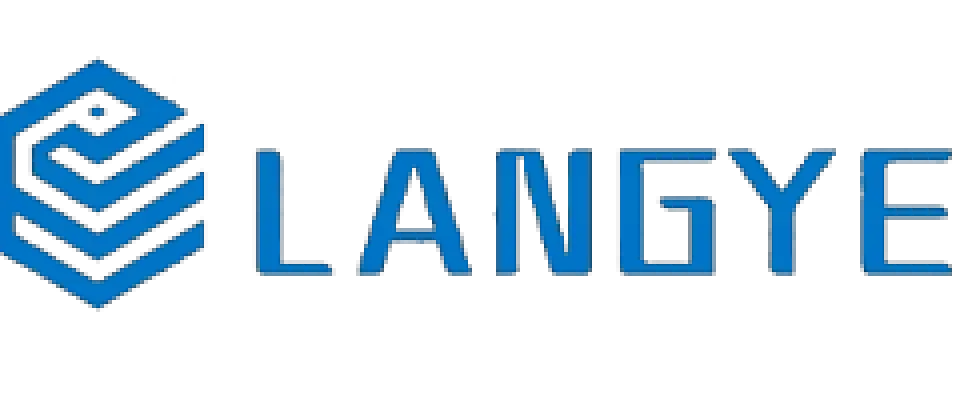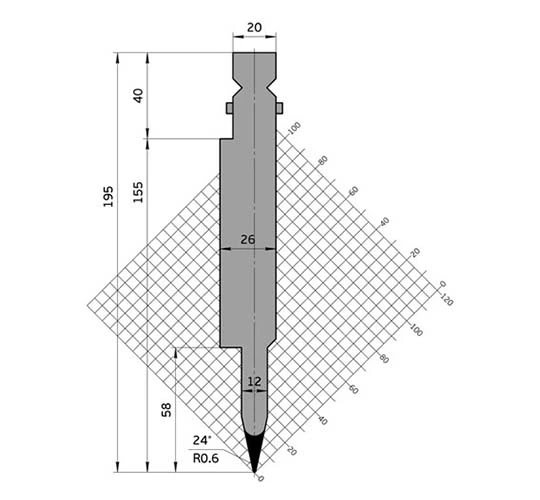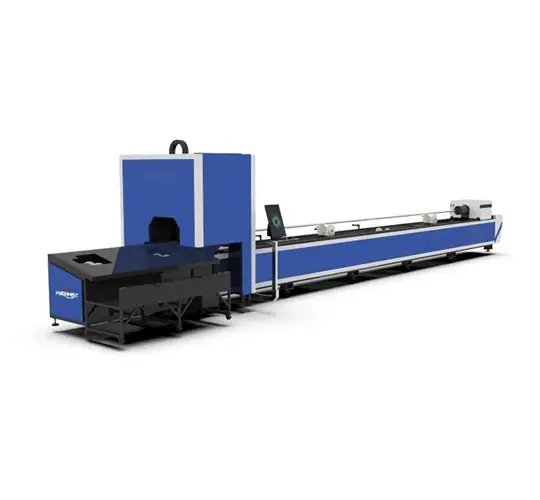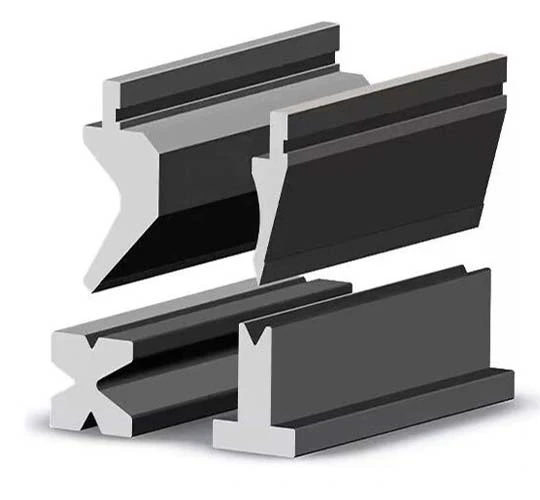Laser cutting has revolutionized manufacturing with its precision and versatility, making it a preferred choice for industries ranging from automotive to custom crafts. By using a focused beam of light to cut materials, this technology offers significant benefits over traditional and alternative cutting methods like mechanical, waterjet, and plasma cutting. However, it also comes with certain limitations. This guide delves into the process of laser cutting, explores its advantages and disadvantages, and highlights its applications, providing a comprehensive overview for manufacturers, designers, and hobbyists.
What is Laser Cutting?
Laser cutting employs a highly concentrated beam of light to thermally separate materials by vaporizing or melting them at precise points. This process, driven by computer numerical control (CNC) systems, allows skilled technicians to program the laser's path for accurate, repeatable cuts. The technology's ability to produce intricate designs quickly makes it suitable for both high-volume production and smaller, custom projects, catering to a wide range of manufacturing needs. Laser cutting is widely used in industries requiring high precision, such as automotive, aerospace, and custom fabrication. It excels in producing components like sheet metal vehicle parts, gears, brackets, enclosures, and precision items like shims and washers. Beyond industrial applications, laser cutting is popular for crafting custom signs, stencils, architectural ornaments, and decorative items, thanks to its minimal setup requirements and ability to handle complex designs.
Types of Laser Cutting Equipment
CO2 Lasers
CO2 lasers generate a beam by stimulating a gas mixture of carbon dioxide, helium, and nitrogen with an electric current, producing light amplified through reflective devices. Emitting beams at a 10.6μm wavelength, these lasers are highly effective for cutting non-metallic materials like wood, plastic, and glass, as well as metals. They can process thicker non-metallic materials (over 5mm) faster and with smoother finishes compared to other laser types. However, CO2 lasers require more maintenance due to wearable components like mirrors and electrodes, which may need regular alignment or replacement to maintain performance.
Fiber Lasers
Fiber lasers use laser diodes and optical fibers doped with rare earth elements, such as erbium, to produce high-quality, tightly focused beams with a 1.06μm wavelength. These beams are ideal for cutting metals, particularly reflective ones like stainless steel, copper, and aluminum, as they minimize the risk of energy reflection damaging the machine. Fiber lasers offer faster cutting speeds for thin metals compared to CO2 lasers of equivalent power and require less maintenance due to fewer moving parts, making them a popular choice for industrial applications.
Advantages of Laser Cutting
Superior Precision and Minimal Kerf
Laser cutting delivers exceptional accuracy, achieving tolerances as tight as ±0.1 mm, making it ideal for applications requiring high precision. The narrow, focused beam produces minimal kerf widths, typically between 0.1mm and 1mm, depending on the material and laser type. This is significantly smaller than other methods like waterjet cutting (0.9mm), plasma cutting (3.8mm), or mechanical sawing (3.175mm). Smaller kerf sizes enhance material utilization, reduce waste, and allow for tighter tolerances, lowering production costs and improving efficiency.
High Repeatability for Consistent Results
Controlled by advanced CNC software, laser cutters produce complex, precise parts with consistent results across large production runs or separate batches. Unlike mechanical cutting methods, such as sawing, where blades wear down and affect cut quality, laser cutting is non-contact, eliminating wear on the cutting edge. This ensures uniformity without degradation, offering a significant advantage over mechanical methods, while matching the repeatability of waterjet and plasma cutting.
Reduced Material Contamination
Unlike mechanical cutting, which often requires cutting oils that can contaminate parts and complicate subsequent processes like coating or painting, laser cutting typically does not use lubricants. This results in cleaner cuts, reducing the need for post-processing steps like shot blasting and ensuring better adhesion for finishes, ultimately saving time and costs.
Minimal Post-Cut Finishing
Laser cutting produces clean, high-quality edges with minimal imperfections, such as burrs or excess material, reducing the need for secondary finishing. This contrasts with mechanical methods like sawing or drilling, which often leave rough edges requiring additional processing. By minimizing finishing requirements, laser cutting streamlines production and lowers costs, making it a cost-effective choice for many applications.
Unmatched Flexibility in Design
Laser cutting's versatility allows it to handle complex, intricate designs that may be challenging or impossible with methods like sawing, CNC milling, or plasma cutting. It can cut a wide range of materials, including metals, plastics, wood, and glass, in a single process, reducing the need for multiple tools. This adaptability makes laser cutting ideal for custom projects and diverse production runs.
Optimized Sheet Utilization
Thanks to small kerf widths, minimal distortion, and tight tolerances, laser cutting maximizes sheet utilization, often achieving over 94% material usage. This efficiency, particularly with fiber lasers, reduces waste and lowers material costs compared to methods like plasma or mechanical cutting, which produce larger kerfs and more waste, directly impacting part costs.
Exceptional Cutting Speed
Laser cutters operate at speeds up to 1200 inches per minute, significantly outpacing traditional methods like bandsaw cutting (10 times slower) or wire cutting (up to 100 times slower). Even compared to plasma and waterjet cutting, lasers are generally faster, except for very thick materials or low-wattage lasers. The automated process, which requires no manual adjustments during cutting, further enhances production speed, especially for intricate parts.
Disadvantages of Laser Cutting
Hazardous Fumes and Safety Concerns
The thermal nature of laser cutting can produce hazardous vapors and fumes, particularly when cutting materials like ABS, epoxy resins, PVC, laminated fiberglass, polycarbonate, or certain foams. These emissions pose health risks to operators, requiring proper ventilation and safety measures. Additionally, the intense laser beam can cause eye damage, and cut edges may be sharp, necessitating careful handling during operation.
Material Thickness Limitations
Laser cutters are less effective for very thick materials compared to waterjet or mechanical cutting methods. Fiber lasers are limited to a maximum thickness of 20mm, while CO2 lasers can handle up to 70mm. Exceeding these limits can result in poor edge quality or material loss due to melting. For thicker materials, alternative methods may be more suitable, though laser cutting remains highly effective within its thickness range, with tolerances ranging from ±0.05 mm for materials under 2mm to ±0.20 mm for thicker materials up to 20mm.
Heat-Affected Zone (HAZ) Issues
The high temperatures involved in laser cutting can create a heat-affected zone (HAZ) where the material's structure hardens due to rapid heating and cooling. This is more pronounced in thicker materials or slower cuts, where greater heat transfer occurs. The HAZ can complicate subsequent processes like powder coating or painting, requiring additional preparation steps that increase production time and costs.
Material Compatibility Constraints
While laser cutting supports a broad range of materials, including metals, plastics, wood, and glass, certain materials are unsuitable due to hazardous emissions or poor cutting performance. Fiber lasers excel with metals, particularly reflective ones, while CO2 lasers are better for non-metals and thicker materials. The use of assistive gases, like nitrogen or oxygen, can further limit material compatibility, requiring careful selection of laser type and settings for each application.
Is Laser Cutting Right for Your Needs?
Laser cutting stands out for its speed, precision, and versatility, offering significant advantages over traditional and alternative cutting methods. Its ability to produce clean, repeatable cuts with minimal waste and finishing requirements makes it ideal for industries requiring high-quality components, from automotive to custom crafts. However, limitations like material thickness constraints, potential fumes, and heat-affected zones must be considered. By understanding these trade-offs, manufacturers and designers can leverage laser cutting to optimize production while ensuring safety and efficiency. For those seeking advanced laser cutting solutions, partnering with a trusted manufacturing provider can unlock the full potential of this technology for prototyping and production needs.
 English
English 日本語
日本語 한국어
한국어 français
français Deutsch
Deutsch Español
Español русский
русский Türkçe
Türkçe português
português العربية
العربية Polska
Polska हिंदी
हिंदी Indonesia
Indonesia



